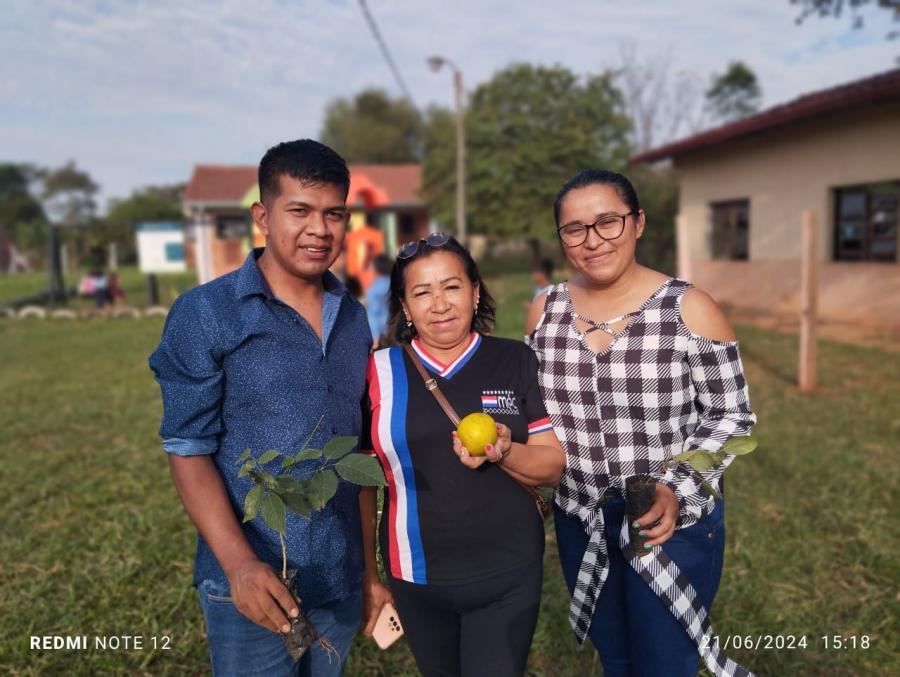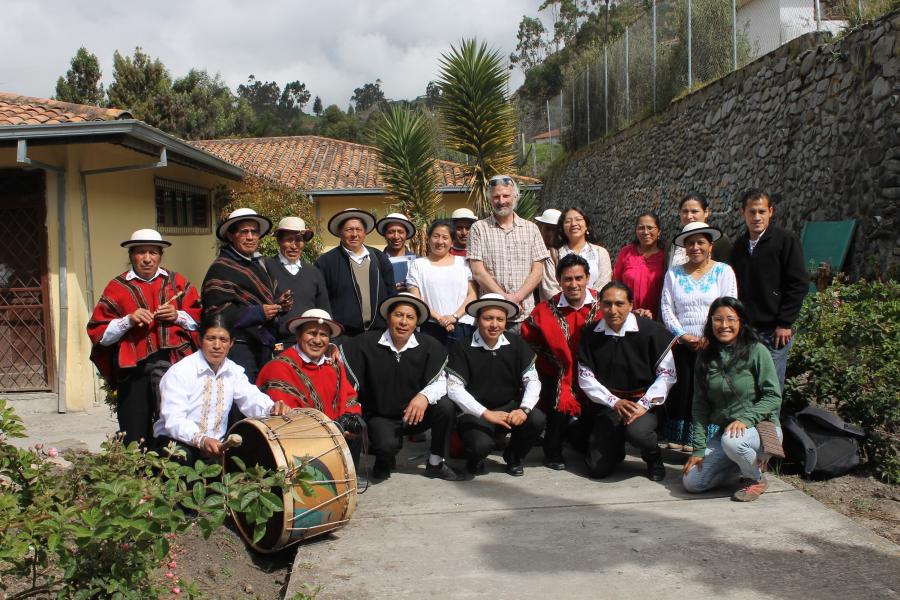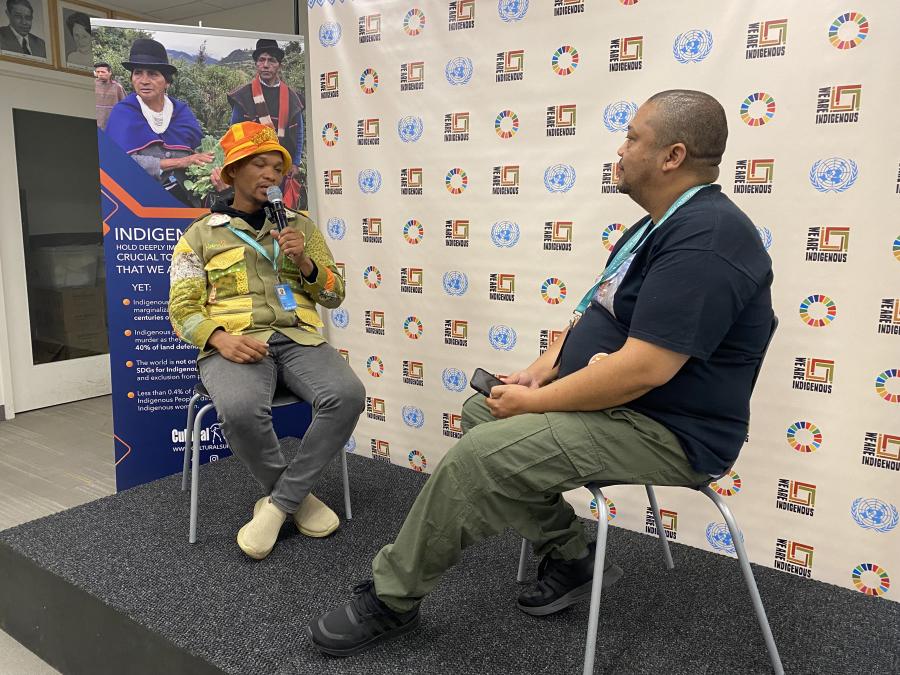
Today marks five years since the United Nations General Assembly adopted the UN Declaration on the Rights of Indigenous Peoples (UNDRIP).
In a historic vote on September 13, 2007, 144 countries voted for the Declaration. It is the outcome of 25 years of hard negotiations. The rights spelled out in the document "constitute the minimum standards for the survival, dignity and well-being of the Indigenous Peoples of the world." The Declaration protects collective rights and individual rights of Indigenous Peoples in relation to self-government, land, education, employment, health and other areas.
Many ask what has changed for Indigenous people since that time. While an implementation gap remains, several countries have made steps towards in aligning their policies with the standards enshrined in the Declaration. Governments of Peru, Guatemala, Suriname, Burundi and Rwanda have or are in the process of developing consultation protocols. In its new constitution in 2011, Morocco, officially recognized the Amazigh identity and language. In the Republic of Congo, a law on the promotion and protection of the rights of Indigenous Peoples was the result of a participatory process with Indigenous communities.
The Declaration continues to be an important standard in legal claims. In July 2012, the Inter-American Court of Human Rights ruled that the Ecuadorian government had violated the rights of the Kichwa community of Sarayaku to communal property and cultural identity by granting permission for an energy project without consulting community members.
Since the adoption of the Declaration there has been an increased international focus on Indigenous Peoples' right to participate in decision-making processes, especially on the states' duty to consult Indigenous Peoples to seek their free, prior and informed consent (FPIC) in regards to issues that will affect their lands, lives, and livelihoods. In September 2011, a UN Expert Mechanism on the Rights of Indigenous Peoples (EMRIP) study on Indigenous Peoples and the right to participate in decision-making was presented to the UN Human Rights Council. The study gives authoritative interpretation of what is means for Indigenous Peoples to participate in decision-making based on the right to self-determination.
The gap between what is on paper and what is reality cannot be wider in some cases where legislation is passed concerning Indigenous Peoples without their participation.
In Peru, the law on Prior Consultation of Indigenous Peoples did not spell out when FPIC has to be obtained, leaving the final decision a state body. In numerous cases, governments and corporations are neither "taking Indigenous Peoples' rights seriously" nor "showing the political will to roll back decades of entrenched discrimination."
Despite the fact that both the 1996 Peace Accords ending the Guatemalan civil war and Article 16 of the Declaration guarantees the right of Indigenous people to control their own media, the Guatemalan government still outlaws radio licenses for non-profit community radio, only permitting commercial and government radio programs. Community radio stations serving Indigenous people in their numerous native languages are frequently raided by Guatemalan police forces who detain the broadcasters and confiscate their equipment.
Article 14 of the Declaration states that Indigenous communities have the right to "establish and control their educational systems and institutions providing education in their own languages," yet there is very little governmental support for the development of such institutions. In the United States, recent legislation makes it very difficult for Native language programs to succeed. Denying Indigenous Peoples the right to use their own languages is a form of cultural genocide and human rights violation.
There remains so much work to do in fully implementing the Declaration. On behalf of Cultural Survival, I am deeply appreciative and indebted to the Indigenous people who risk their lives for these rights, to our grandmothers and grandfathers and ancestors who guide us daily in this difficult work, and to the youth who take action and give us hope and promise for the future. We face great challenges but through our collective effort and partnerships we are strong and determined in taking them on. I want to thank our many partners, the people from Indigenous communities, and our supporters who join us in these struggles.
Suzanne Benally
(Navajo and Santa Clara Tewa)
Executive Director
Cultural Survival



